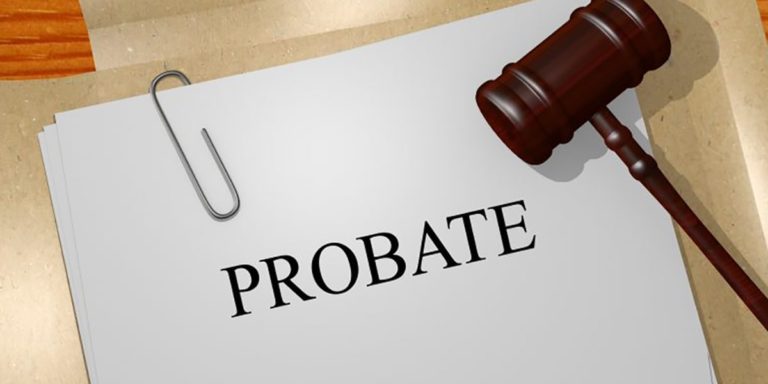4 Ways Law Firms Can Use Social Media To Earn New Clients
LinkedIn has long been the social network of choice for lawyers wanting to present a professional image. But many law firms are finding success in the social media world by establishing their brand on multiple channels.
4 Ways Law Firms Can Use Social Media To Earn New Clients Read Post











